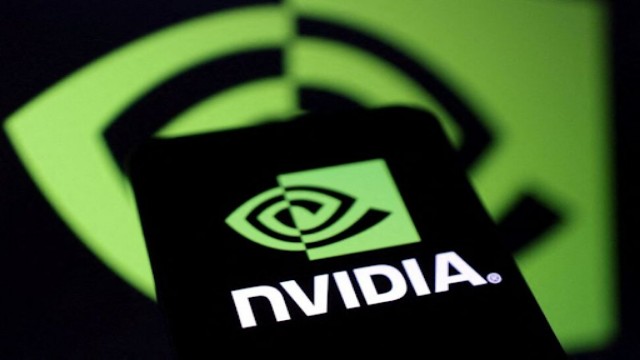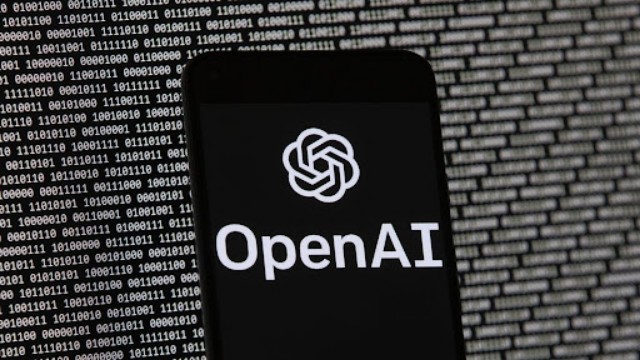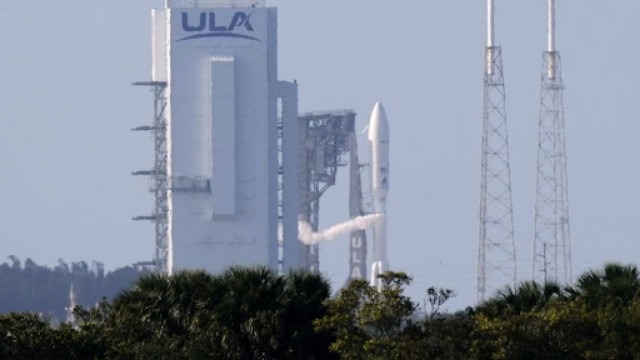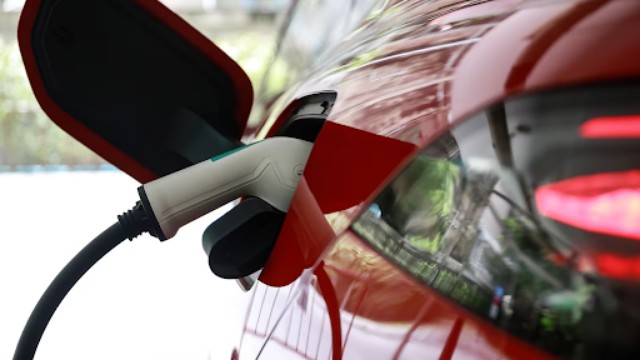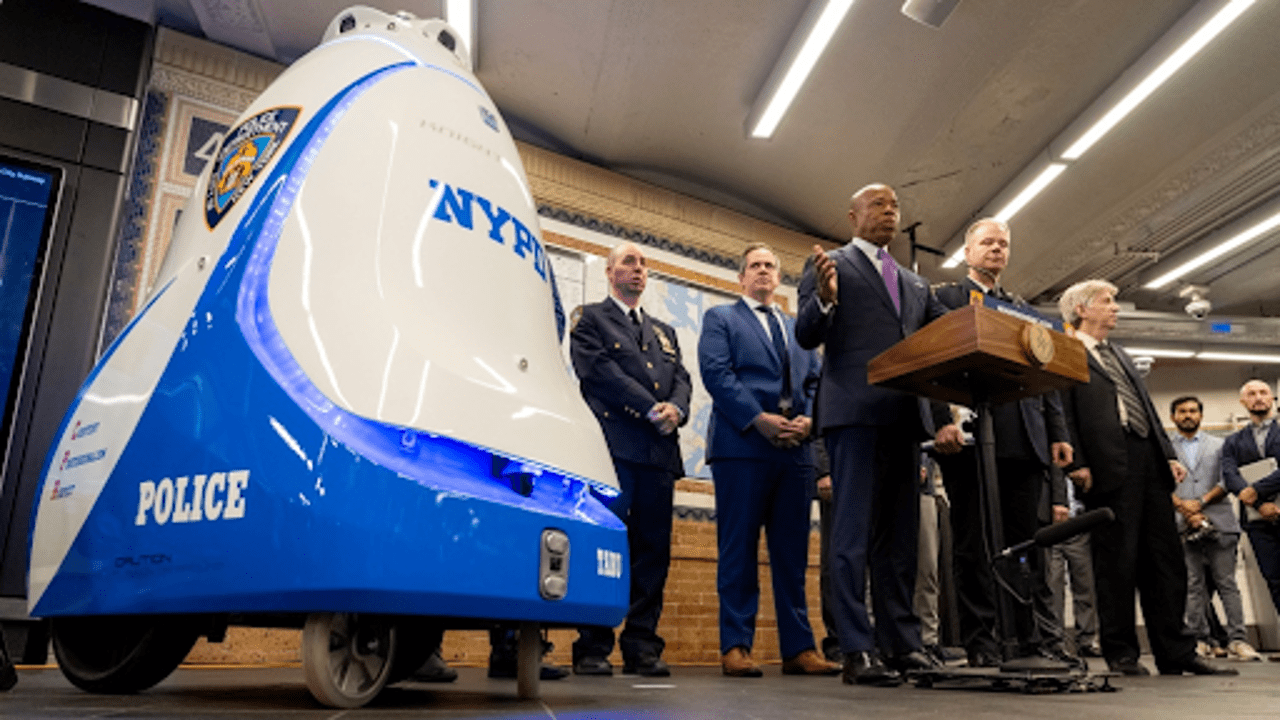
New York Mayor Eric Adams discusses a Knightscope K5 robot at a press conference at the Times Square subway station, where it was introduced for patrol duties. Getty Images
Across the United States, from New York to Hawaii, security robots are making their presence known, patrolling residential neighbourhoods and apartment complexes. These robots, equipped with a range of sensors and advanced technologies, are seen as potential allies to human security guards. However, their rise has sparked debates over privacy, job displacement, and their overall effectiveness in enhancing public safety.
Despite the promising concept, there needs to be more public data to validate the effectiveness of security robots. Experts and manufacturers argue that these robots shine with human security personnel due to their sophisticated technological features.
Security robots come with an impressive suite of capabilities. They provide 360-degree high-definition video imaging, and license plate recognition, and can detect mobile device signals. Additionally, they are equipped to handle environmental hazards like smoke or carbon monoxide, making them invaluable for monitoring and patrolling tasks that are too repetitive or hazardous for humans. These robots can operate continuously, allowing human security personnel to focus on more complex responsibilities that require empathy and judgment.
Commuters stop to watch the NYPD’s Knightscope K5 security robot at the Times Square subway station in New York City. CNN
One notable example is the K5 security robot developed by Knightscope, a California-based robotics company. This robot is designed to patrol and monitor environments without any lethal capabilities. Knightscope's K5 robots are deployed in various locations, although their presence has been met with mixed reactions. For instance, New York City introduced a K5 robot to patrol Times Square and the metro system, but the trial ended without further continuation. Meanwhile, robots by companies like Cobalt AI and Boston Dynamics, such as the "Spot" robot, have been successfully integrated into various security operations, including detecting hazardous gases and assisting in dangerous situations.
In cities like San Diego and Atlanta, security robots are becoming a familiar sight. In San Diego's Claremont community, these robots work around the clock to monitor the area and prevent crimes. Similarly, in Atlanta, a K5 robot patrols the perimeter of an apartment building to ensure resident safety. These deployments demonstrate the robots' potential to enhance security measures in various settings.
Experts highlight that security robots are not intended to replace human guards but rather to complement existing security systems. According to John Hassard, a loss prevention and security expert, robots can extend the capabilities of existing surveillance systems, making them more effective. They are programmed to issue alerts when anomalies are detected, allowing human guards to respond promptly. This integration helps to maximize the efficiency of security operations.
Knightscope, established in 2013, introduced its first security robots in the U.S. in 2016. CNN
However, the use of security robots raises significant privacy concerns. Jay Stanley, a senior policy analyst, expresses worries about the implications of AI-driven surveillance, such as potential profiling and lack of transparency in decision-making. Although companies like Knightscope claim their robots do not use facial recognition in mobile models, the debate over privacy continues.
Looking ahead, as security robots become more advanced, society must address how to interact with and regulate these technologies. While the concept of security robots patrolling our streets is intriguing, there are still many questions about their long-term effectiveness and the ethical issues they present. Their future role in security remains uncertain, especially given past malfunctions and ongoing debates about their practicality compared to traditional security measures.




